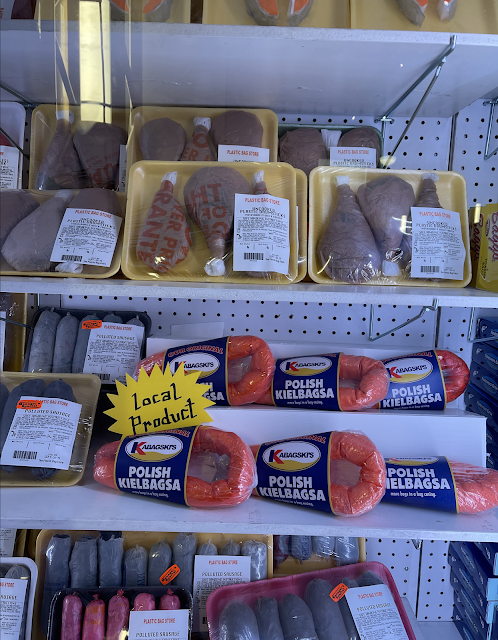I am writing to strongly oppose the proposal to demolish two classic skyscrapers in downtown Chicago. This proposal is unacceptable on several levels.
1. The Consumers and Century buildings are indispensable landmark-quality structures that typify Chicago architecture. The Consumers is from the distinguished Chicago firm of Mundie and Jensen, and is an elegant terra-cotta clad tower that typifies the great Chicago architect Louis Sullivan 's definition of a skyscraper as "a proud and soaring thing". The Century Building is from another historic firm, Holabird & Roche, and marks the transition from the original Chicago School or architecture, to Art Deco. It's Neo-Manueline terra cotta ornament is unique. It holds down its corner with power and grace.
2. The Security justifications for demolition of these buildings are, to be frank, specious. While one never wants to minimize the concerns of members of our Judiciary, those concerns cannot be allowed to govern policy solely on the grounds, not of reality, but of power.
The Consumers and Century are claimed to be an existential threat to Federal employees, yet only yards from the Dirksen building stands the Berghoff restaurant building, whose roof would provide a dangerous staging area for those looking to inflict harm. More to the point, directly across the street is the Citadel Center, a glass-clad tower whose south facade opens vistas directly into the windows of the Dirksen Building. As Citadel is winding down its Chicago operations, the possibility of unoccupied floors grows.
Even more importantly, the range of a common hunting rifle extends up to 400 yards, a long-range rifle double that distance, which means the same threat claimed to be presented by the Consumers and Century is also presented from a large number of tall buildings, privately-controlled, on the periphery of the Dirksen Building, including the glass-facaded former Home Federal Building on State (which ironically would have a clear view of the Dirksen Courthouse should the Consumers and Century be demolished), the Bankers Building (many floors of which are dedicated to transient hotel rooms), the Edison, Marquette and former Continental Bank buildings. This, of course, would also apply to a terrorist seeking to launch an incendiary device.
The Consumers and Century Buildings have lived in peaceful co-existence for over half a century, ever since the Dirksen building opened in 1964. There has never been, at least in Chicago, a single federal judge or employee killed or injured from a sniper shooting from outside their building. The sad reality is that in the one case where the family members of a judge were tragically murdered, it was not at a work site, but at their residence. In the case of incendiary devices, it should be remembered that Timothy McVeigh did not drive into the Alfred P. Murrah building to destroy it, but simply parked next to it on the street.
Benjamin Franklin famously wrote that a nation willing to trade away liberty for a little temporary safety deserves neither Liberty nor Safety. To apply this to the present case, what is being proposed is trading two essential pieces of Chicago's urban fabric for a "security" that is both illusionary and dangerous.
3. Both structures are essential contributors to the State Street Streetwall. Although the promise is to replace them with a park, their demolition would be the equivalent to the wholesale damage done to the center cities of the United States by destroying historic structures for parking lots, like pulling front teeth and replacing them only with painted gums. More to the point, the proposal to change the Dirksen Building entrance to one off of that State Street park would destroy the entire concept another famed architect, Mies van der Rohe, developed for the Federal Center, in which all three buildings - the Dirksen Kluczynski and Post Office - revolve around the great plaza on Dearborn Street to create a sustaining civic space.
4. The GSA was already at the point of approving a developer's plan to restore the Consumers and Century buildings as residential structures, when, inexplicably, the rug was pulled out from under them at the last minute. Despite the GSA's long, often indefensible, laundry list of provisos in its request for comments, I still believe that was a viable plan, with security requiring approval - or even control - by the GSA.
However, local preservationists have presented proposals that meet all of those provisos, turning the buildings into document archives and other back-office operations, with the GSA in full control of security including removal of windows and other modifications where required that do not vandalize basic design integrity. The GSA should accept these proposals. The $52 million already earmarked for their destruction should more than cover the cost.
5. Conclusion.
Even a quick glance at the GSA's massive portfolio of properties demonstrates its proud history of enhancing America's cities with superior buildings, including both Mies's Federal Center, and, more recently the award-winning replacement for the Murrah Building designed by another great architect, Carol Ross Barney. The destruction of the Consumers and Century would stand in stark opposition to everything the GSA's historic legacy stands for.
We can do better. We must do better. Save, repurpose and restore the Consumers and Century buildings.
Sincerely,
Lynn Becker












